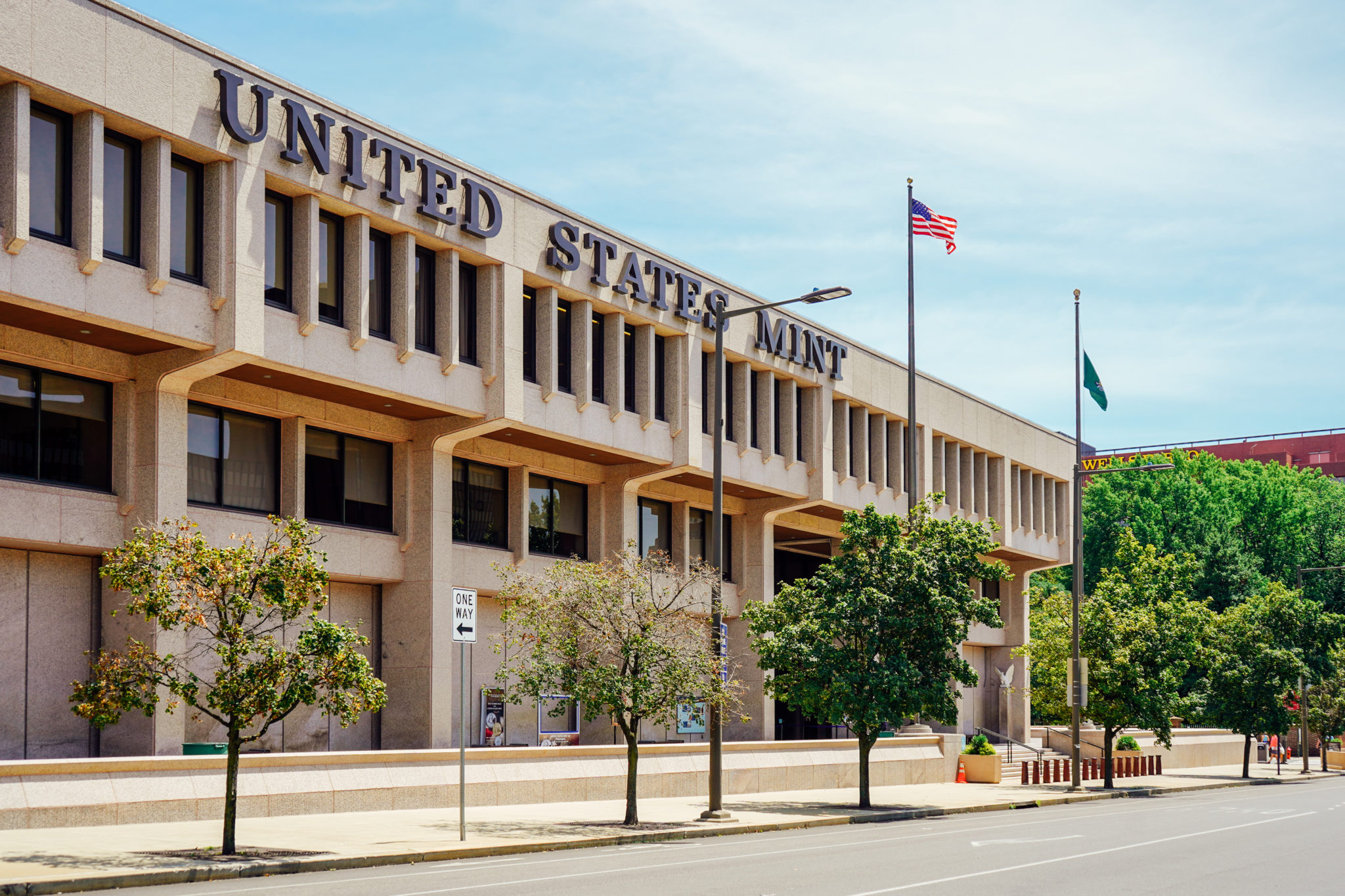

Mint and the Federal Reserve formed the U.S. People want to hold on to more of their coins and cash, while businesses that feed supply by reintroducing coins with their deposits have fewer nickels and dimes to do so, according to Soques. Some people had trouble finding quarters to use at the laundromat, while businesses have posted signs asking customers to use exact change. The COVID-19 crisis has significantly slowed coin circulation in the country. “If there aren’t enough coins across all the coin vaults to meet demand, then the CPO will put an order for new coins into the mint.” The pandemic’s effect on coin production So the CPO will move coins from one coin vault to another to make sure this happens,” Soques said. “The Fed wants a minimum inventory level of two weeks’ worth of coins at each coin vault. The Fed’s Cash Product Office assesses the inventory at the Fed’s roughly 200 coin vaults throughout the U.S. Soques also said we may lose coins from circulation because they’ve been tossed into landfills, which can also vary annually. “They present a special problem because you have the other side of it, where they get reused,” he said.Īnother reason coin orders might fluctuate is because in a certain year, more people decided to go to a kiosk like Coinstar or their local bank to deposit their coins, he noted. “This process was relatively inefficient, so the process is now centralized at the Fed’s Cash Product Office,” he said.Īssessing how many coins to produce is a lot different than figuring out the production of, say, crockpots, Soques explained. Soques noted that before 2009, each of the 12 Federal Reserve banks determined the need for coins on an independent basis and submitted those orders to the U.S. Mint Figuring out demand: not like your average crockpotīehavioral patterns, long-term demand, holidays, unforeseen events like natural disasters and a pandemic can all play a role in how many coins are manufactured.ĭaniel Soques, an assistant professor of economics at the University of North Carolina Wilmington, said natural disasters increase the demand for cash and coins because disasters often disrupt electronic payment systems. And that is how the circulation cycle begins. The Fed banks then deliver the coins to depository institutions, which exchanges them with their customers. Mint uses this forecast to determine how much of each denomination it’ll produce, then it makes the coins and transports them to the Federal Reserve banks and private-sector coin terminals. The Federal Reserve also gives the mint monthly coin orders. To determine how many coins the mint should produce, the Federal Reserve devises a 12-month rolling forecast, according to the U.S. In 2019, roughly 12 billion of these coins were produced. Like Bailey pointed out, it’s a figure that can fluctuate annually. Mint’s facilities to be spent by the public. In 2021, nearly 15 billion pennies, quarters, nickels, dimes and half dollars departed the U.S. How does the United States Mint determine how many coins of each denomination to produce in a year? I’ve noticed that the mint numbers for coins can vary a lot from year to year. Listener and reader Jeff Bailey from Jonesboro, Arkansas, asked:
#UNITED STATES MINT SERIES#
Ever wondered if recycling is worth it ? Or how store brands stack up against name brands? Check out more from the series here. This is just one of the stories from our “I’ve Always Wondered” series, where we tackle all of your questions about the world of business, no matter how big or small.


 0 kommentar(er)
0 kommentar(er)
